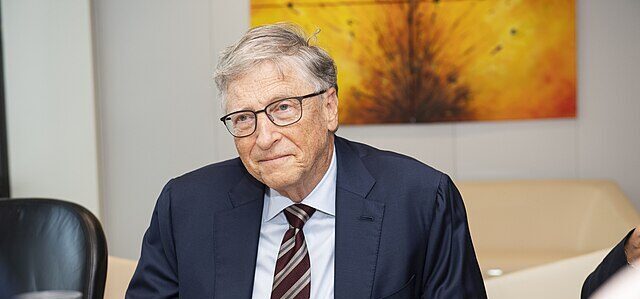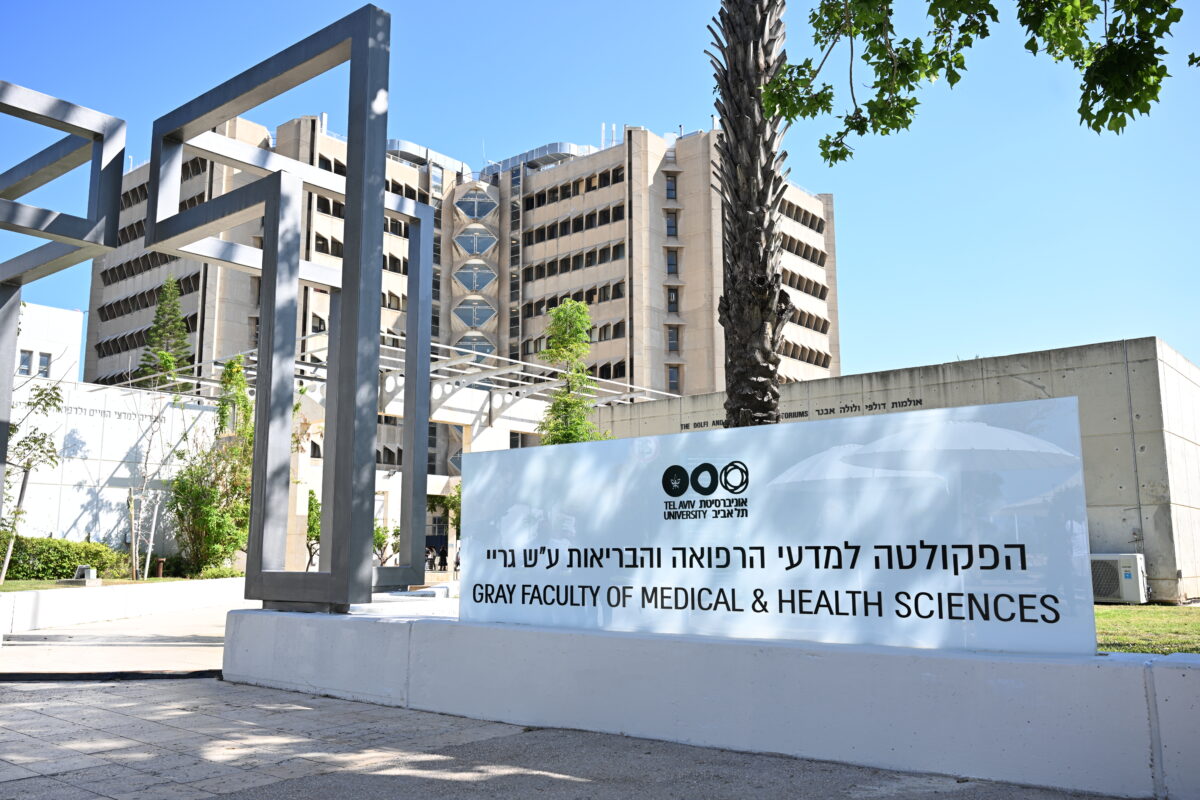The Excessive Wealth Disorder Institute (EWDI) is exactly what its name implies — a think tank that seeks to cure the societal illnesses caused by laws and policies that make it possible for the top 0.1% of the country’s wealth holders to amass, and continue to hoard, vast personal riches.
EWDI, founded just last year, is the brainchild of Alan S. Davis, president of the Leonard and Sophie Davis Fund, founder of the Crisis Charitable Commitment and our pick for 2022’s Philanthropy Critic of the Year. This February, the organization brought on Dr. Gabriela Sandoval, a sociologist and former director of race and equity policy for a San Francisco-area utility reform organization, as its executive director. Davis, Sandoval and the EWDI board are still working together to figure out what the organization’s specific work will entail. But the pedigree of its board members, statements on its website, and my recent conversation with Sandoval point at some interesting possibilities.
EWDI’s board includes a number of experts on the problem of excessive wealth. Founder Davis and fellow board member Chuck Collins, for example, also serve on the board of advisors of Patriotic Millionaires, first launched in 2010 to protest President Barack Obama’s decision to extend his predecessor’s tax cuts for the wealthy. Collins, who also directs the Program on Inequality and the Common Good at the Institute for Policy Studies, is an expert on inequality and the racial wealth divide in the U.S. Davis and Collins are joined by Solidaire Network Executive Director Rajasvini Bhansali, Wallace Global Fund Executive Director Ellen Dorsey, and other academics and experts in fields like technology, history and economics.
Sandoval said that her previous work in utility reform is the reason she was so excited for the opportunity to lead EWDI. “I was actually grappling with an understanding that it didn’t matter how much I pulled on the regulatory lever to make utilities more affordable or to fund a just energy transition: No amount of pulling on that lever was going to get me to where I needed to be,” she said. “And it seemed so obvious, when I read about EWDI, that this is how we get to climate justice. This is how we get to racial justice. This is how we get to housing justice. Without addressing this extreme wealth inequality, we won’t be able to address these other problems.”
Granted, EWDI isn’t the only organization out there composed, in part, of rich individuals who are critical of the policy scaffolding that supports their fortunes. One thing that sets the institute apart is its focus. For EWDI’s purposes, “excessive wealth” is defined not as the 1%, but the 0.1%. This group includes people like Bill Gates and Elon Musk, but also extends to the 150,000 ultra-rich Americans whose personal assets begin at $30 million. Collectively, EWDI says, the ultra-rich are hoarding 20% of the country’s wealth — and the means they use to hold on to that wealth, and many of the other choices they are able to make (for example, buying and flying on private jets), can be dangerous.
“I’m not begrudging wealthy people their wealth,” Sandoval clarified. “But when several thousand people have so much wealth amassed that they couldn’t possibly even spend it in a lifetime and are continuing to evade paying their fair share [of taxes] or taking our democracy hostage in order to maintain that wealth, that’s where the disorder comes in societally.”
But while EWDI is focused on the richest of the rich, Sandoval said the organization is aware that its goals overlap with existing organizations like Solidaire, Patriotic Millionaires and groups promoting a fairer system of progressive taxation. With that in mind, she said, EWDI plans to have a lot of conversations with aligned organizations toward the goal of co-creating a movement that “will actually move the needle” on their mutual goals.
In the meantime, Sandoval said that possible EWDI-specific efforts could include bringing together existing anti-extreme wealth organizations, encouraging other social justice movements to include the question of tax fairness in their own efforts, and mounting public awareness campaigns about the dangers and causes of this country’s vast wealth inequality.
Take the issue of tax inequity. “When I first came to energy policy, I would talk to utility consumers and ask them, ‘Do you understand your bill?’ and people’s eyes glazed over,” Sandoval said. “It’s the same thing with taxes. The system has been set up in such a complicated way that it becomes very difficult to talk to people about it. And so finding a way to communicate that information with people who are engaged with some of the most critical problems of our day, I think that’s the nut we want to crack.”
Wherever else EWDI’s work may take it, it’s a safe bet that philanthropy will be one of its targets. Charitable tax reform is featured on the EWDI website and its board includes prominent philanthropy reform advocates, including Davis himself. We’ve highlighted their arguments multiple times here at IP, including in this 2020 op-ed where Davis and Collins, among other things, called for an increase in foundations’ mandatory payout to 7% and the institution of a 10% minimum mandatory payout for donor-advised funds.
Meanwhile, Davis’ other effort, the Crisis Charitable Commitment, is an ongoing challenge to DAFs, foundations and ultra-rich individuals to significantly increase their giving. Both the Crisis Charitable Commitment and EWDI are currently sponsored by the Leonard and Sophie Davis Fund’s WhyNot Initiative.
For her part, Sandoval described philanthropy as playing a huge role in wealth hoarding. “The public believes that philanthropy is 100% about the public good, and yet it’s another vehicle that has been co-opted by the ultra wealthy to evade paying taxes and to concentrate wealth in the hands of a very few folks,” she said.
It’s way too early to begin to guess whether or not the Excessive Wealth Disorder Institute will have an impact. EWDI, and all of the other groups working to combat the country’s wealth disparities and inequities, are very much playing the role of David in the face of the Goliath not only of the ultra-rich themselves, but of the policies and public attitudes that protect them.
But EWDI and its fellow organizations aren’t alone in recognizing, as Sandoval said, that “extreme wealth inequality is a threat to not only our democracy, but really, to our world.” Given growing outcry over wealth inequality and all its associated “disorders,” perhaps even the 150,000 people sitting at the top of the nation’s wealth pyramid will realize how slim a shield their money may be should our current political and environmental crises continue unabated. Maybe more of them will also come to agree with Sandoval and other activists that extreme wealth inequality makes achieving pretty much any kind of social good far more difficult. To the extent that EWDI and its peers can promote either outcome, their efforts are decidedly welcome.
Credit:Source link



